Mirror films, glossy films and lacquer films are eye-catchers in shows, exhibitions and events.
Glossy surfaces not only fulfil their function as eye-catchers. In particular, the reflective mirror plates in sizes of up to 3 × 2 m serve as flame-retardant safety mirrors according to EN 13501 B-s1-do in ballet studios and on the stages of this world as a distortion-free and lightweight replacement for glass mirrors. AÜ 110823
-
TRANSPARENT MIRROR FOIL CARNEVALmore...
1003512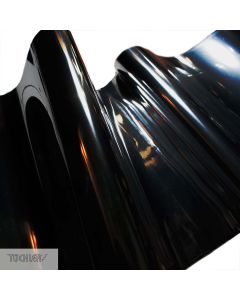
-
GLOSS FOIL LACKmore...
1003633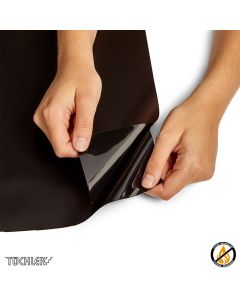
-
EFFECT MIRROR FOIL SILBERmore...
1003532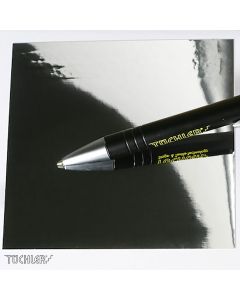
-
EFFECT MIRROR REFLEXmore...
1003520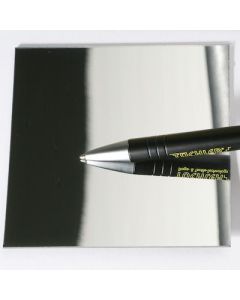
-
PLASTIC MIRROR REFLEX 3MM FRmore...
1003517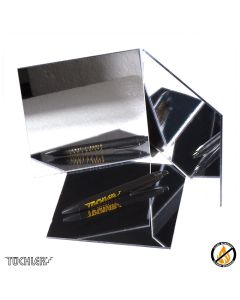
-
DANCEFLOOR TAPE BROADWAY SILVERmore...
1005439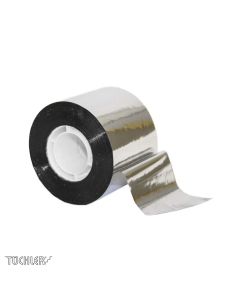
-
SHOWFLOOR BROADWAY IImore...
1004283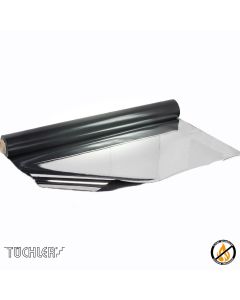
-
SELF-ADHESICE PROJECTION MIRROR TONKSmore...
1008855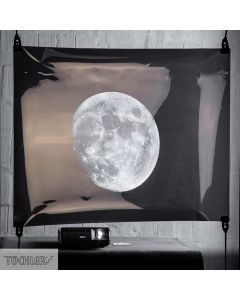
Semi-transparent mirrors
so-called one-way or spy mirrors are reflective on one side and transparent on the other. This allows you to observe unnoticed what is going on on the other side of the game. This effect is known from almost all crime series, when the detective follows the interrogation from a small room.
When using spy mirrors, it is important to make sure that the location from which the observation is to be made is darker than the room from which the observation is to be observed. Only then is the result of a mirror in the observed space given, through which one cannot see into the room in which one or the observers are located.
On stages and in stage sets, semi-transparent mirrors are therefore often used with lighting effects. For the viewers, the result is a shiny surface or a mirror behind which light effects, points of light, shadows, 3D effects and many other optical illusions are created.
For this application, transparent mirror foil Carneval in almost all colors - except black - is very suitable.
Projection mirror
Projection mirrors are mirrors, the back of which is covered with a special coating on which it is possible to project by means of a video projector. The mirror thus becomes a rear-projection surface.
If, instead of a projection, colored light is thrown onto the back of the mirror, then the normally silver-looking mirror takes on the color of the light and thus becomes a colored, high-gloss "lacquer surface".
This effect of a distortion-free mirror, which can be incorporated with light or onto which effects can be projected from the back, can be achieved excellently with the self-adhesive projection film TONKS.
To do this, you will need either a glass pane or a smooth glass-transparent plastic sheet. Projection film TONKS is provided with a special adhesive on the reflective side. Use some detergent and wrap your glass-transparent plate with TONKS. Squeeze out the excess liquid with a rubber lip, wait 24 hours and you will have a distortion-free and bubble-free mirror on the back of which you will achieve the effects described above.
How distortion-free are mirror foils, mirror floors and game plates?
In general, reflective surfaces strongly show any unevenness. It is therefore necessary to avoid these bumps as much as possible. The better this succeeds, the less distortion-free the result will be.
Films are therefore ideally braced on a frame. The application of foils by means of glue to plates practically always shows the glue as a distortion on the surface.
Glossy floor coverings such as Showfloor BROADWAY require a very smooth and well-prepared surface to create a largely distortion-free reflection.
Due to their thickness, mirror plates are much less sensitive to structures of the substrate, which can become clearly visible in thinner materials such as foils or floor coverings. However, plates bulge slightly and therefore need a surface that is as flat as possible, which allows the mirror plates to reproduce a correct mirror image.
AÜ 110823
